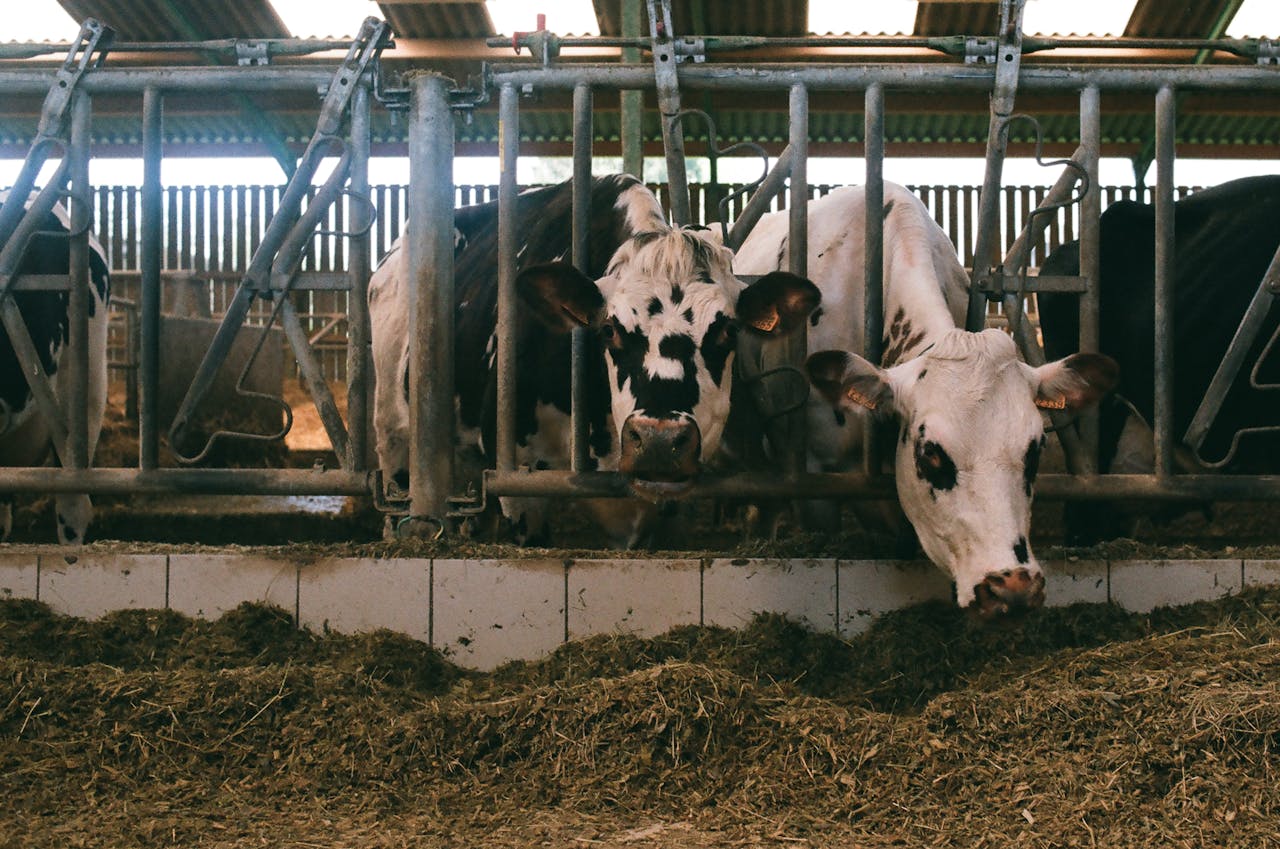Formulating feeds of the future is easier said than done. Now zinc oxide is banned from use at pharmacological levels in piglet feeds in the EU, nutritionists continue to look closely into feed ingredients and components. Animal nutrition expert Dr Francesc Molist encountered interesting outcomes during a study involving phytase, calcium and phosphorus levels.
In the absence of zinc oxide (ZnO), formulating post-weaning diets with a low buffering capacity (acid binding capacity, ABC) is essential to reinforce the gastric barrier in piglets. A low stomach pH helps prevent the proliferation of pathogenic bacteria and enhances protein digestibility by improving the conversion of pepsinogen to pepsin.
To achieve a low ABC, diets are typically formulated with reduced crude protein and limited mineral content. Because limestone has a high buffering effect, it can be partially or totally replaced by alternative calcium sources such as calcium formate, which has a lower ABC. Another option to reduce the ABC of a diet is the inclusion of organic acids, which generally have a negative ABC.
Post-weaning piglets struggle to acidify the stomach
As previously demonstrated, particularly in post-weaning piglets that struggle to acidify the stomach, formulating diets with a low ABC during the first 4-weeks post-weaning can improve body weight gain by approximately 8-10%. Consequently, most European piglet diets are now designed to target a low ABC to promote gut health and performance.
The next step was to determine whether factors other than ABC could also influence nutrient digestion in piglets around weaning. To investigate this, a study was conducted at Schothorst Feed Research (SFR) in collaboration with an industrial partner to examine the interaction between calcium source (limestone vs calcium formate) and phytase activity. The hypothesis was that a diet with a lower ABC (using calcium formate) would enhance phytase efficiency and phosphorus (P) release.
Both acid binding capacity and calcium solubility should be considered when formulating piglet diets
Pig study yielding contradicting expectations
However, the results contradicted expectations. When limestone was replaced by calcium formate, phosphorus digestibility decreased. Calcium digestibility on the other hand, increased, suggesting that factors beyond buffering capacity – particularly calcium solubility – affect phytase efficiency to release phosphorus. Calcium formate has a higher solubility, resulting in faster calcium release, which may interfere with phytase’s ability to effectively liberate phosphorus.
These findings indicate that both acid binding capacity and calcium solubility should be considered when formulating piglet diets. To optimise phytase function, it is recommended to:
- maintain a low overall calcium level in the diet;
- evaluate both ABC-4 and calcium solubility, especially when using calcium formate, to minimise negative interactions with phytase.

